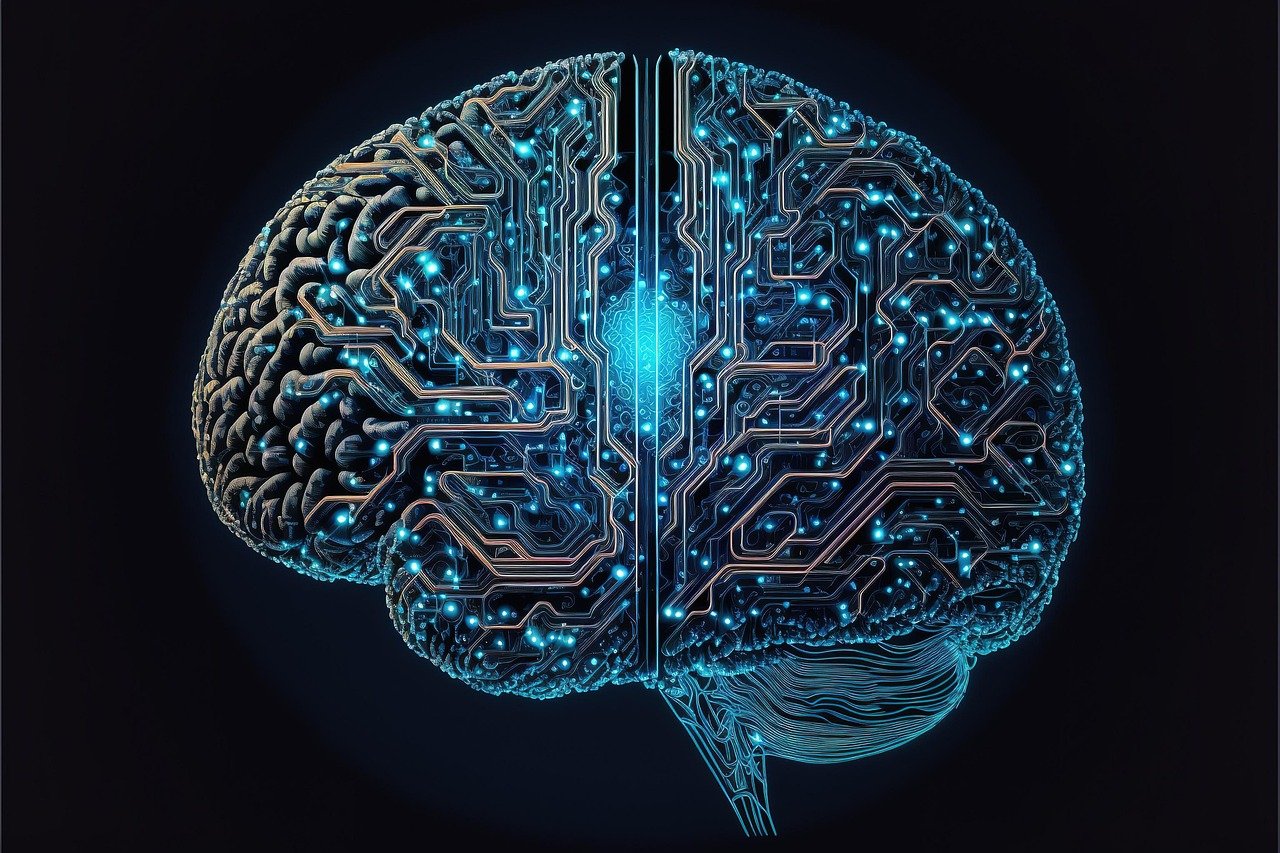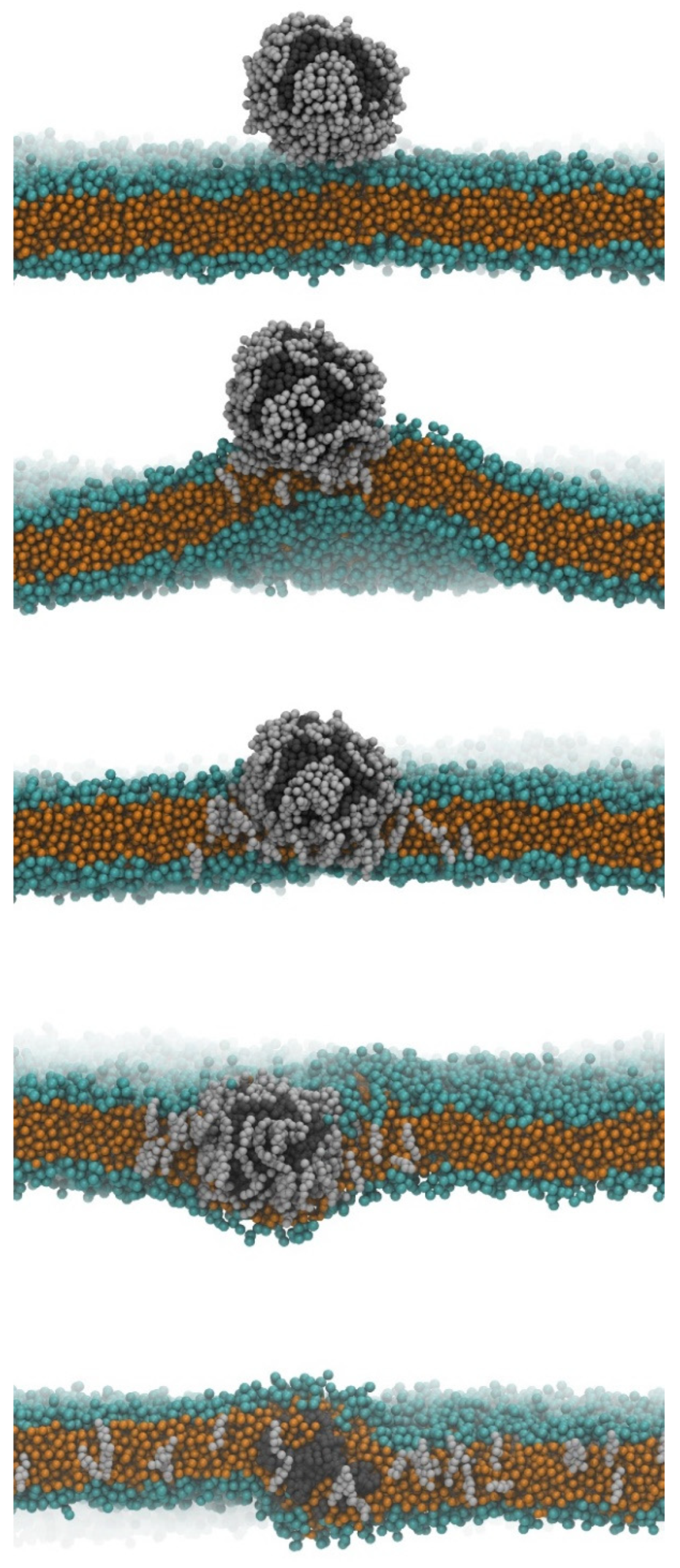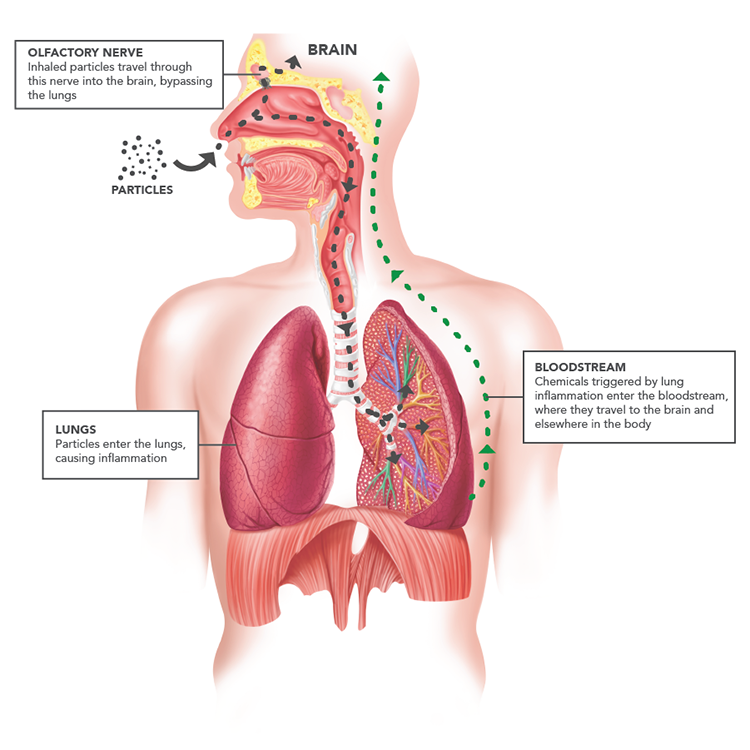A Shocking Discovery: Plastic in Our Minds?
Imagine waking up and hearing that tiny pieces of plastic—yes, the same stuff used in water bottles and shopping bags—have been found in human brains. It sounds like a line from a dystopian novel, but it’s now a startling reality. Recent research has revealed that microplastics, those minuscule plastic fragments, have made their way past our body’s defenses and nestled into some of our most vital tissues. This revelation has sent shockwaves through the scientific community and left many of us wondering what it could mean for our health, our families, and our future.
What Are Microplastics, Really?

Microplastics are plastic particles so small you can barely see them—less than five millimeters in size, sometimes as tiny as a grain of salt. They come from the breakdown of larger plastic objects, synthetic fibers from clothes, or even microbeads found in scrubs and toothpaste. These particles are everywhere: in the deepest oceans, in the air we breathe, and now, alarmingly, inside our bodies. While you might not notice them, they’re constantly swirling around us, quietly weaving themselves into the fabric of our daily lives.
The Startling Find: Microplastics in Human Brains

In a groundbreaking study, scientists examined human brain tissue and found microplastics lodged in the frontal cortex. This region is responsible for some of our most important mental processes, like decision-making, memory, and self-control. The idea that plastic is sitting in the very center of our thoughts is both shocking and deeply unsettling. No one expected such an invasion, and now experts are racing to uncover how these particles get there and what damage they might cause once inside.
How Microplastics Sneak Into Our Bodies

Microplastics have a sneaky way of getting inside us. We breathe them in from the air, especially in cities or homes with a lot of synthetic fabrics. We swallow them when we eat seafood, drink bottled water, or even cook with salt. Some studies suggest they can even enter through our skin when we use personal care products loaded with plastic microbeads. The problem is almost invisible, yet it’s impossible to escape. Every time we unwrap a snack or wash a polyester sweater, we’re taking another small step toward plastic overload.
Everyday Sources Lurking in Plain Sight
You might be surprised at how many of your daily habits contribute to microplastic exposure. Drinking water from plastic bottles, wearing fleece jackets, or eating food wrapped in plastic all add up. Even something as innocent as washing your hands with a scrubby soap can release thousands of microbeads down the drain. Our reliance on plastic for convenience, comfort, and cleanliness has created a hidden web of contamination that’s now entangling our very bodies.
The Big Question: What Does Plastic Do in the Brain?

Scientists are still piecing together what microplastics might do once they reach the brain. Early research hints at disturbing possibilities—these particles could carry toxic chemicals, disrupt hormones, or trigger inflammation. There’s growing concern that they might play a role in cognitive decline or even contribute to diseases like Alzheimer’s. It’s like having thousands of tiny invaders inside your head, and no one knows what they’re doing or how long they’ll stay.
The Immune System’s Battle With Plastic Intruders
Our immune system is built to fight off foreign invaders, but it’s not used to dealing with plastic. When microplastics enter the body, the immune system may go on high alert, triggering inflammation as it tries to get rid of what it sees as a threat. Chronic inflammation is linked to a range of serious health problems, from heart disease to autoimmune disorders. If the immune system can’t clear away these particles, the long-term effects could be far-reaching and difficult to predict.
Protecting Yourself: Steps to Cut Down Microplastic Exposure
The idea that plastic could be in your brain is enough to make anyone want to change their habits. Simple steps can help, like switching to natural fabrics, using a refillable water bottle, and avoiding single-use plastics. Look for personal care products that advertise “microbead free” and be cautious with food packaging. At home, consider using an air purifier and washing clothes in cold water to reduce plastic fiber shedding. These changes might seem small, but they can add up to a significant difference.
Why We Need More Research—Fast
The discovery of microplastics in human brains is so new that scientists are still scrambling to understand what it means. More studies are urgently needed to figure out how these particles travel through our bodies, what risks they pose, and how to keep them out. Research is also needed to develop better ways to detect microplastics and to come up with guidelines for public health. Without solid answers, we’re all left guessing about the true impact of this invisible invasion.
Our Collective Responsibility: Tackling Plastic Pollution
This issue is bigger than any one person. Addressing the microplastic problem means rethinking how we use and dispose of plastic as a society. Supporting policies that limit single-use plastics, pushing companies to develop sustainable alternatives, and getting involved in local clean-up initiatives all help. It’s about making small changes in our lives and demanding bigger changes from those in charge. The sooner we act, the better chance we have of reversing this silent crisis.
Facing the Unseen: What’s Next for Our Health?

The news that microplastics have been found in the human brain is a wake-up call. It’s a reminder that our choices, both big and small, ripple through our lives in ways we can’t always see. As research continues, staying informed and making mindful decisions about plastic use will be key. The story of microplastics is still being written, and every one of us has a role to play in shaping how it ends.

